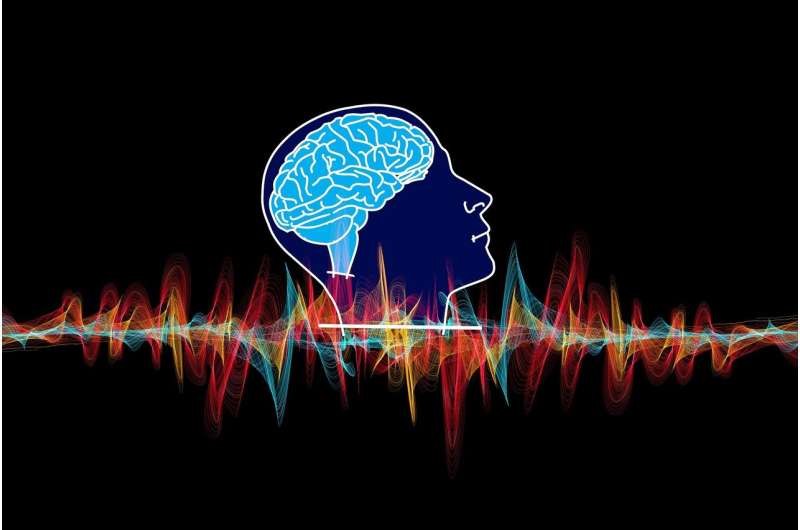Study: How arousal impacts physiological synchrony in relationships

A team of researchers led by a member of the Colorado School of Public Health faculty at the Anschutz Medical Campus examined what type of social interaction is required for people to display physiological synchrony—mutual changes in autonomic nervous system activity. The study also looked at whether the levels of autonomic arousal people share predicts affiliation and friendship interest between people.
The findings are published in Scientific Reports.
"In a variety of situations, people appear more social with one another when their autonomic nervous systems are in sync. However, this is the first study to show that, although people display physiological synchrony across social contexts, how much arousal people share can vary, differentially impacting social outcomes like perceived similarity and friendship interest," said Chad Danyluck, Ph.D., postdoctoral fellow at the Colorado School of Public Health.
Danyluck adds, "Physiological synchrony has been found in a variety of relationships and environments, from married couples arguing to military units and sports teams coordinating their behaviors. Understanding whether and how shared arousal brings people together may help us hone the development of programs targeting team leadership and social cohesion in work environments. I am particularly interested in the role of physiological synchrony in fostering friendship interest across ethnic and racial divides."
Consistent with prior work, this study observed physiological synchrony in both branches of the autonomic nervous system and across cooperative and competitive social contexts. The authors general interest in physiological synchrony is in how synchrony during social interactions relates to social processes that ultimately lead to friendship.
The study found that different social contexts caused different levels of physiological arousal, meaning that the branches of the autonomic nervous system became either more or less reactive in response to the experimental task. However, in every condition, strangers quickly went "in sync" and did so in each branch of the autonomic nervous system whether they were high or low in arousal. Whether the social or physiological context of synchrony contributed to social outcomes, however, depended on which branch of the autonomic nervous system displayed synchrony.
The findings show that sharing similar amounts of sympathetic arousal was sufficient to increase perceptions of similarity—a precursor to friendship—regardless of social context and no matter the arousal levels partners shared. One possible explanation for this finding is that patterns of sympathetic arousal may correlate with observable body movements (and by extension a lack of arousal may correlate with a lack of body movement) that might predict perceived similarity if shared among partners. By comparison, people for whom parasympathetic synchrony and parasympathetic reactivity was high generally reported more friendship interest when the social context permitted conversation than when it did not. In other words, when parasympathetic activity increased during a social interaction, parasympathetic synchrony only mattered for the development of friendship between strangers who could converse.
Using data from 134 strangers interacting in pairs, the researchers manipulated two features of social context to test their impact on synchrony in sympathetic and parasympathetic reactivity. Participants completed a knot-tying task within a collective reward ("cooperation") or individual reward ("competition") framework while conversing or not ("talking" condition). Autonomic reactivity varied by features of social context. Synchrony occurred across social contexts in both autonomic branches. The researchers then examined how synchrony predicted affiliation.
More information: Chad Danyluck et al, Social and Physiological Context can Affect the Meaning of Physiological Synchrony, Scientific Reports (2019). DOI: 10.1038/s41598-019-44667-5

















